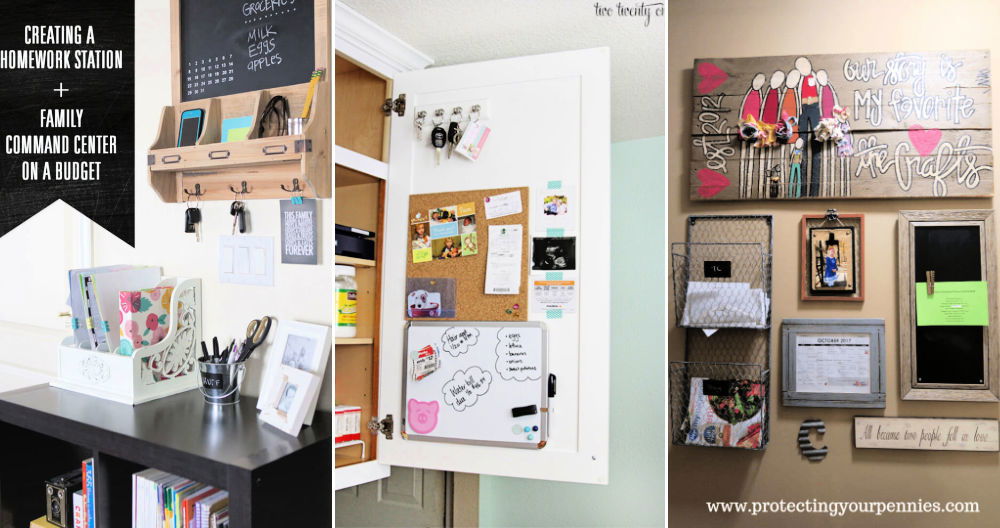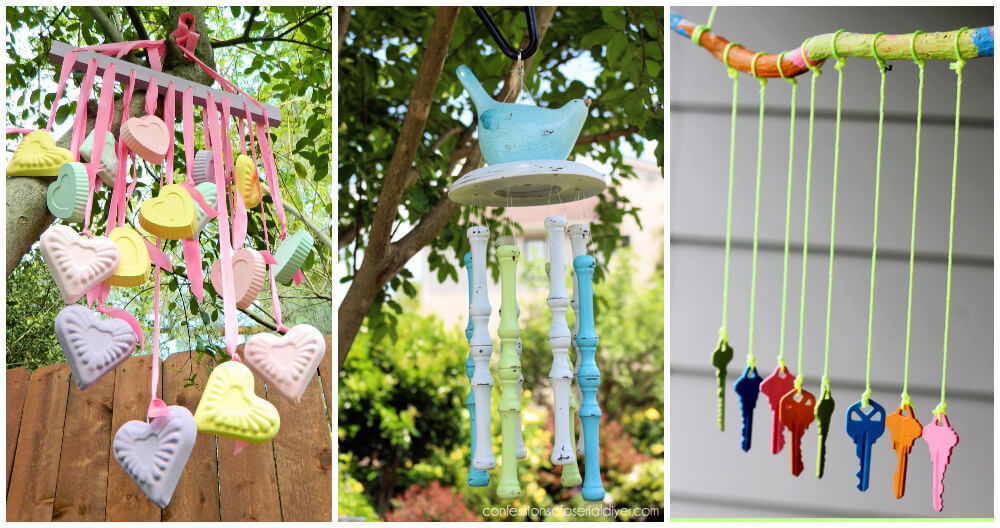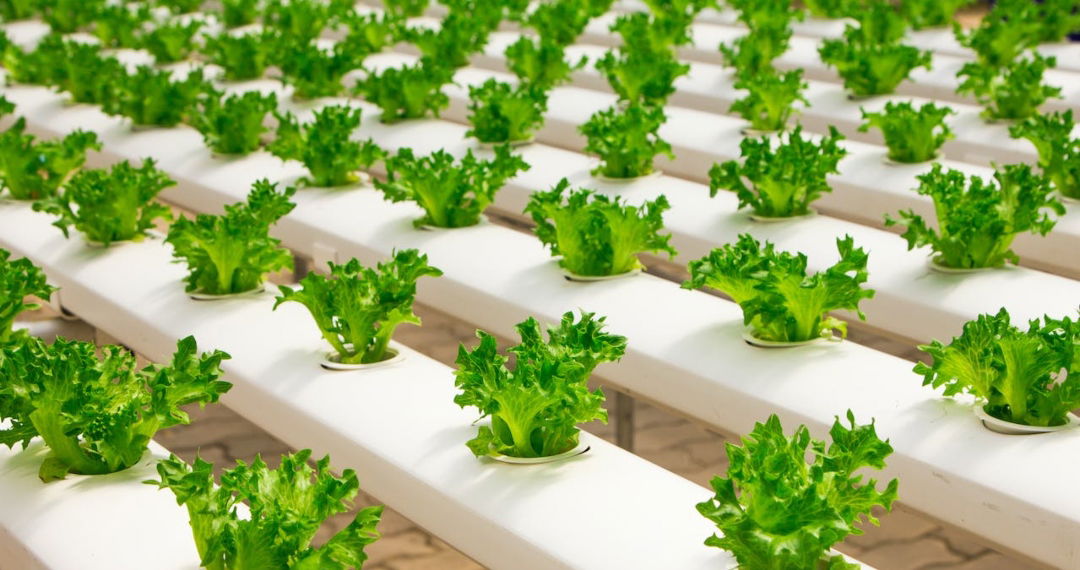In today's globalized world, being multilingual is not only a valuable asset but also a necessity. Learning a second or third language is no longer an option but a requirement to communicate and connect with people from diverse cultures. As a parent, it is important to encourage your children to learn a new language from a young age. Not only does it enhance their communication skills, but it also provides them with new opportunities and enriches their cultural experiences. Here are some effective tips on how to make language learning a family affair.

Language Learning Applications for Children and Parents
One of the easiest and most effective ways to encourage your children to learn a new language is through language learning apps. Today, there are several language learning apps available for kids and teenagers that make learning a new language fun and engaging. Here are some popular language-learning apps that you can introduce to your children:
- Duolingo - Duolingo is a popular language learning app that gamifies the language learning process. It offers courses in several languages, including Spanish, French, German, Italian, and Portuguese. The app uses interactive games, quizzes, and rewards to make language learning enjoyable for kids and teenagers.
- Rosetta Stone - Rosetta Stone is a language learning app that offers immersive language courses. It uses a natural language immersion method to teach new languages. The app offers courses in several languages, including Spanish, French, German, Italian, and Japanese. Rosetta Stone is an excellent app for older children and teenagers who want to develop their language skills in a more structured environment.
- Promova - Promova is a language learning app that is designed specifically for children and teenagers. It offers courses in English grammar, reading, and writing. The app uses a fun and interactive approach to teach children and teenagers English grammar. With Promova, kids can learn English grammar in a fun and engaging way, making it an excellent app for parents to introduce to their children.
In addition to language learning apps, parents can also use other resources to encourage language learning in their children. Here are some other tips on how to make language learning a family activity.
Watch Movies and TV Shows in Different Languages
Watching movies and TV shows in different languages is a fun way to expose your children to new languages. You can start by watching children's shows in the language you want your children to learn. For example, if you want your children to learn Spanish, you can start by watching Dora the Explorer in Spanish. As your children become more comfortable with the language, you can move on to more advanced shows. This will not only help them learn new words and phrases but also improve their pronunciation and comprehension skills.
Read Books in Different Languages
Reading books together in a foreign language is an excellent way for parents and children to practice language learning together. Parents can start with children's books in the language they want their children to learn and progress to more advanced books as their children become more comfortable with the language. Reading books in a foreign language not only helps children develop language skills but also exposes them to different cultures and perspectives. Here are some popular books that parents can read with their children in a foreign language:
- "Le Petit Prince" by Antoine de Saint-Exupéry (French)
- "Die kleine Raupe Nimmersatt" by Eric Carle (German)
- "Cien años de soledad" by Gabriel García Márquez (Spanish)
- "Pinocchio" by Carlo Collodi (Italian)
- "Pippi Longstocking" by Astrid Lindgren (Swedish)
- "The Little Mermaid" by Hans Christian Andersen (Danish)
- "Heidi" by Johanna Spyri (Swiss German)
Parents can also look for books in a foreign language that matches their child's interests and reading level. Reading together can be a fun and interactive way to practice language skills and create lasting memories.

Play Games in Different Languages
Playing games in different languages is a fun way to practice language skills. You can start by playing simple games in the language you want your children to learn. As your children become more comfortable with the language, you can move on to more advanced games. Games such as Scrabble, Boggle, and Hangman can be played in different languages and are an excellent way to practice spelling and vocabulary.
Practice Speaking the Language
Practicing speaking the language with your children is crucial in developing their language skills. You can start by teaching your children simple phrases in the language you want them to learn. As your children become more comfortable with the language, encourage them to speak more complex sentences and engage in conversations with you. You can also try practicing language skills during everyday activities such as cooking, cleaning, or playing games. For example, you can ask your children to name different foods in the language they are learning while cooking a meal together.
Another way to practice speaking the language is by finding language exchange partners online. There are many websites and apps that connect language learners around the world. Your children can practice speaking with native speakers of the language they are learning and make new friends at the same time.
Expose Your Children to Different Cultures
Learning a new language is not just about learning new words and grammar rules. It is also about understanding and appreciating different cultures. Exposing your children to different cultures can help them develop a broader perspective and become more empathetic individuals.
You can expose your children to different cultures by introducing them to traditional music, food, and art from different parts of the world. You can also plan family vacations to different countries and encourage your children to interact with locals and try new things.
Plan a Language Learning Trip
Traveling to a foreign country where the language is spoken is a great way to immerse your children in the language and culture. Plan a family vacation to a country where the language you are learning is spoken. It is an excellent opportunity to practice the language in a real-world setting and experience the local culture. You can plan activities such as visiting museums, markets, and historical sites to learn about the country's culture and history while also practicing the language.
Additionally, you can stay with a local family or host and practice the language with them. This experience will not only enhance your children's language skills but also broaden their perspective on the world and its diverse cultures. Or you can also create a language learning environment for kids at home.
Create a Language Learning Environment at Home
Creating a language learning environment at home can help your children learn the language faster and more effectively. You can display posters or flashcards with words and phrases in the target language around the house. You can also set up a language-learning corner with books, dictionaries, and language-learning materials. Playing music or watching TV shows in the target language can also help your children get accustomed to the language's sound and rhythm.

Make Language Learning a Positive Experience
Language learning can be challenging at times, especially for children who may feel intimidated or frustrated with the process. It is important to make language learning a positive experience for your children.
One way to make language learning a positive experience is by celebrating your children's progress and achievements. For example, you can reward your children with a special treat or activity when they reach a certain level in their language studies. You can also create a language learning chart or journal where your children can track their progress and see how far they have come.
It is also important to create a supportive and encouraging environment for language learning. You can praise your children for their efforts and provide constructive feedback when they make mistakes. By creating a positive and supportive atmosphere, you can help your children develop a love for language learning and become confident language learners.
Conclusion
In conclusion, language learning can be a fun and engaging family activity that enhances communication skills and opens doors to different cultures and opportunities. By using language learning apps, watching movies and TV shows, reading books, playing games, practicing speaking, enrolling in language classes, planning a language learning trip, encouraging consistency and persistence, and creating a language learning environment at home, parents can encourage their children to learn a new language and make it a part of their daily lives. With a little effort and creativity, parents can turn language learning into a fun and rewarding family activity.













